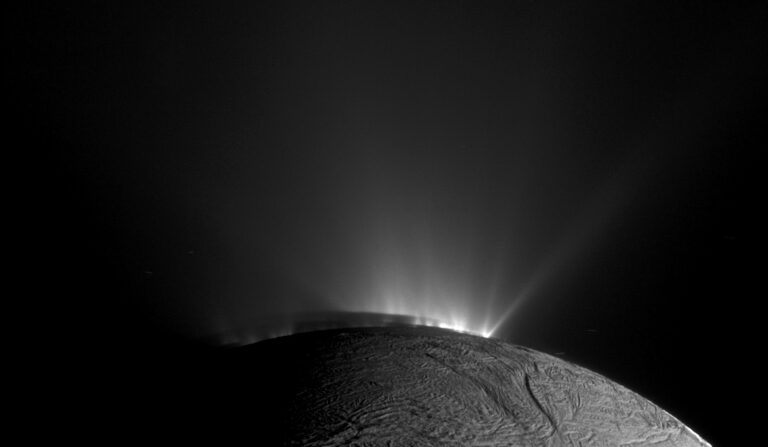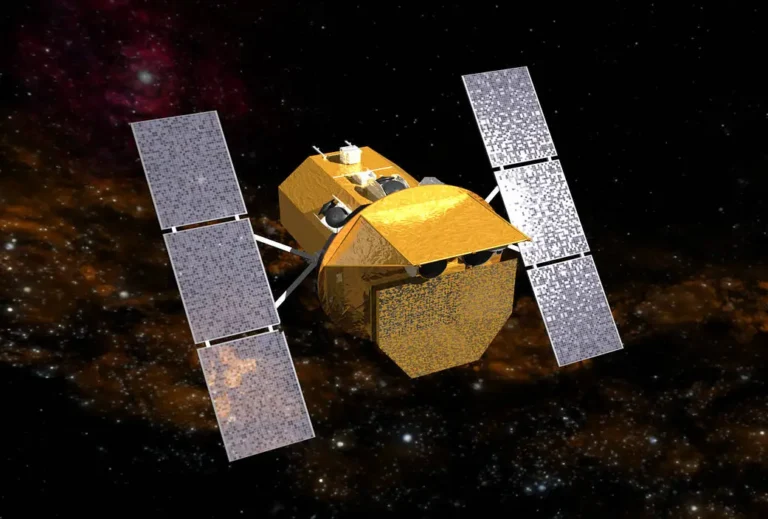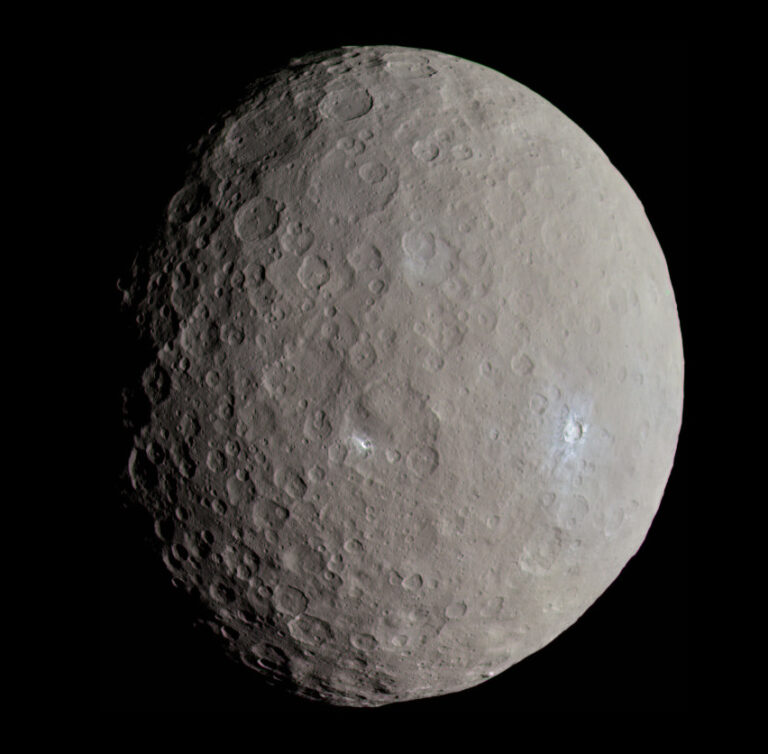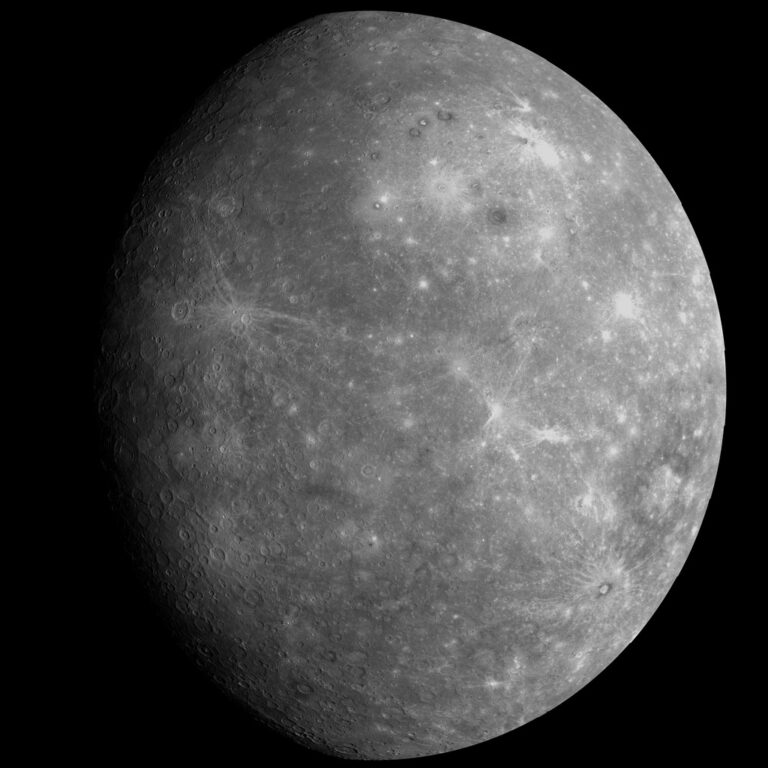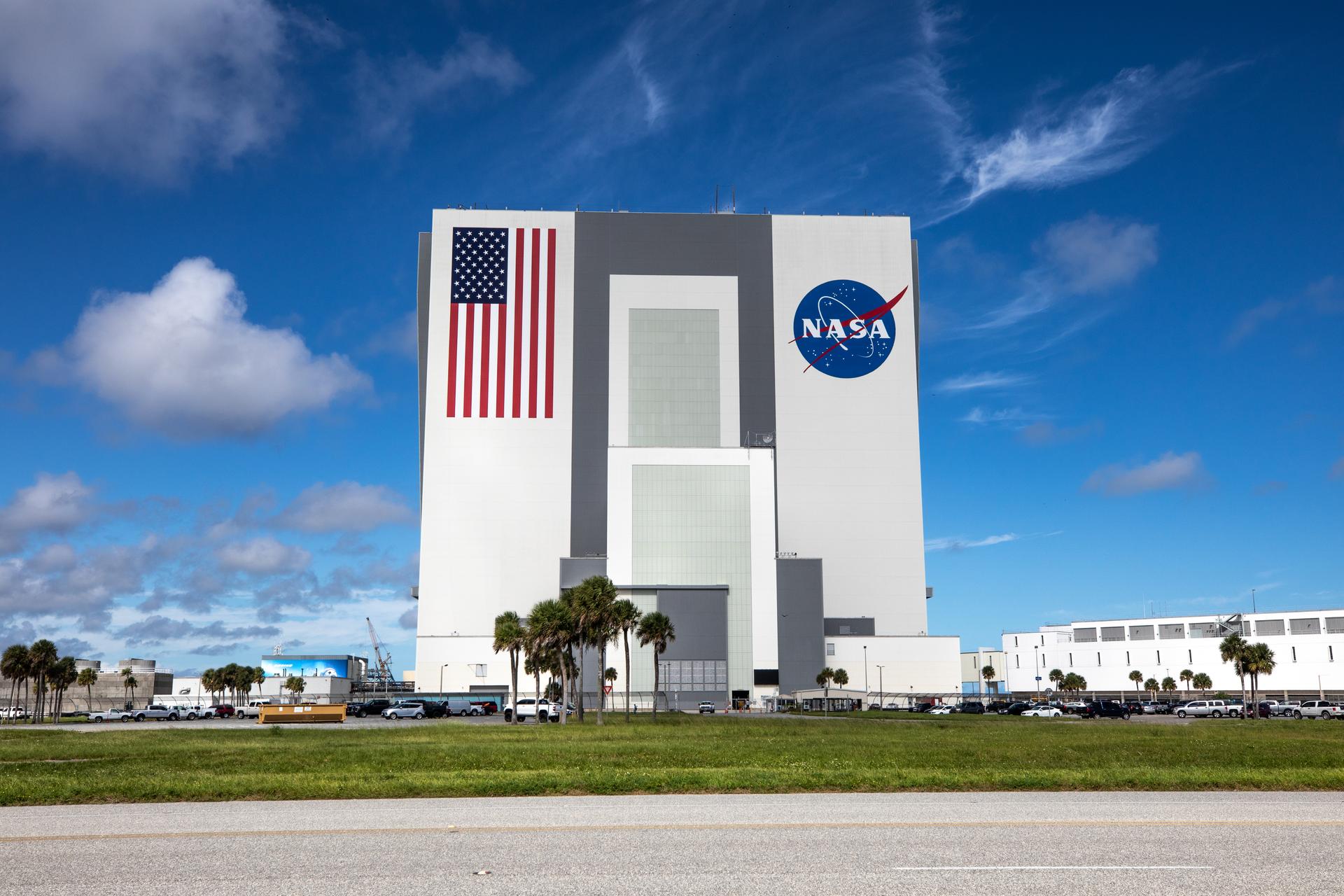
Key Takeaways:
At 12:01 a.m. on Oct. 1, when the federal government shut down due to a lack of appropriations from Congress, NASA began pausing its operations. While the agency has protocols for dealing with a government shutdown that it has turned to before, the current political context introduces new factors, including the potential for permanent staff reductions.
NASA will send approximately 15,000 of its 18,218 civil servants home without pay as long as the government remains closed. According to the NASA Continuity of Appropriations Plan, the agency will need a half-day to secure facilities, power down non-critical systems, and deliver official furlough notices. Only activities that the federal government refers to as “excepted” are permitted to continue.
The vast majority of the agency’s work is suspended. All non-excepted functions, including educational support, public access to NASA centers, and most research activities, are halted. Furloughed employees receive no pay during the shutdown period, but will receive back pay once the government reopens.
Personnel are “excepted” from furlough and permitted to remain on duty only if their work meets the following criteria: necessary to perform activities expressly authorized by law, necessary to perform activities necessarily implied by law, or necessary to protect the safety of human life or the protection of property. Under these conditions, NASA continues to support three major operations: International Space Station (ISS) operations, satellite operations, and the development of the Artemis program.
Exceptions for Artemis
The protection of the Artemis Program is the key operational difference from previous continuity plans. A plan dated August 2023, prepared in the case of a shutdown that fall, listed only ISS and Satellite Operations as major exceptions; the current plan, released Sept. 29, adds “Artemis Programs Development and Operations (Exploration)” to the list. The August 2023 plan expected 17,007 personnel to be furloughed, while the September 29, 2025 plan expects 15,094, increasing the number of furloughed staff from around 1,300 to over 3,100.
Work related to the upcoming Artemis missions — Artemis 2, the crewed lunar flyby scheduled for as early as February next year, and Artemis 3, the planned lunar landing mission — will continue in order to protect the development, manufacturing, and supply chain safety of the mission, according to the updated continuity plan. Exceptions for Artemis align with the Trump administration’s emphasis on human exploration at NASA. Lakiesha Hawkins, acting deputy associate administrator, Exploration Systems Development Mission Directorate, NASA Headquarters, predicted this exception in a Sept. 23 press conference, stating, “We anticipate in this particular case that this is obviously very safety critical; we anticipate being able to request, being able to continue to move forward on Artemis 2 in the event of a shutdown.”
Continued operations
Beyond Artemis, the agency’s other major exceptions are due to safety and legal necessity: ISS operations maintain command and control to protect human life, and satellite operations continue for active missions that are “necessary for safety and protection of life and property,” as outlined in the continuity plan. NASA has not publicly specified which satellites in particular meet these criteria.
The lapse has mixed impacts on external contractors. Facilities like the Jet Propulsion Laboratory (JPL) and the Kennedy Space Center Visitor Complex remain open because they are managed by non-government entities. However, per the updated plan, contractors working on existing, properly obligated contracts must still observe certain limitations. They are instructed to “preserve resources” where possible and “suspend performance” if their work requires participation from furloughed NASA civil servants (such as for inspections or funding actions) or if new funding actions cannot be issued during the hiatus.
This financial uncertainty at JPL extends beyond the immediate shutdown. NASA Watch reported that JPL is proceeding with a “Phase Two reorganization and upcoming layoff in October.” This involves potential workforce reductions of 4,000 to 5,500, according to NASA Watch, at the facility responsible for the agency’s deep space robotic missions.
Possible reductions in force
While shutdowns are relatively rare — this is the first since 2018 — they have become increasingly common in recent decades. The most recent shutdown comes at a critical moment for NASA, where its future remains uncertain. The Fiscal Year 2026 President’s Budget Request (PBR) proposes a 25 percent cut to NASA’s overall funding, and the administration has threatened mass reductions in force (RIFs) — if the government were to shut down. If implemented, these RIFs would effectively implement the PBR even though Congress has expressed its intent to fund NASA fully. It’s unclear at this moment whether the Trump administration plans to enact the RIFs or not.
The current NASA continuity plan also contains language that appears to give priority to White House policy preferences. The plan says that remaining “carryover funds” must be spent solely on “presidential priorities,” and directs the agency to “forbear from incurring obligations on research activities that are not policy-aligned with these priorities.” This particular language did not appear in the August 2023 continuity plan, and it is unclear what purpose it serves. Experts say it may mean that leftover funds from the previous fiscal year could be reappropriated away from their original purpose and toward items that more closely align with the president’s agenda.
Even before the shutdown took effect, supporters of NASA have been pushing Congress to include more expansive language in a Continuing Resolution (CR) to shield non-Artemis work at the agency from permanent cuts. The Democratic-sponsored CR that failed a Senate vote included such protection, stating “any mission in operation… or under development or formulation by the Science Mission Directorate… shall be continued.” The Republican CR proposal contains no special language to protect NASA science programs.

